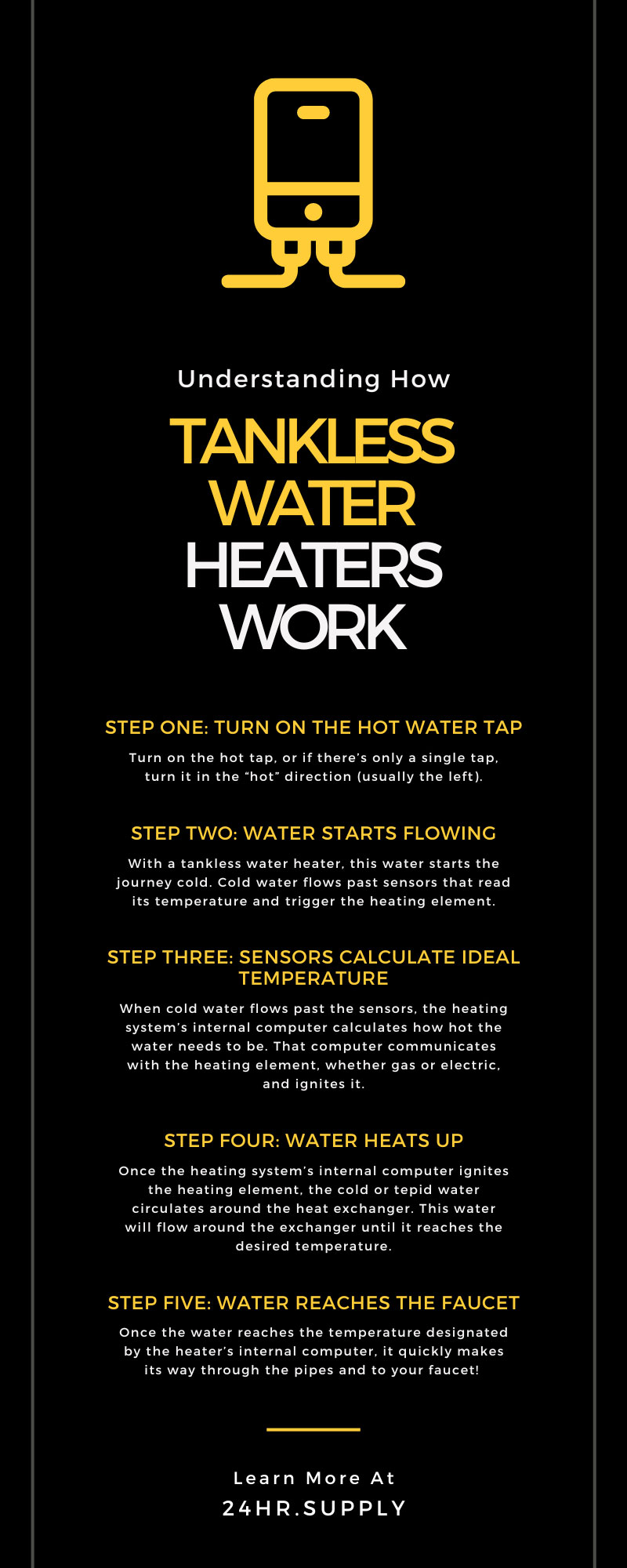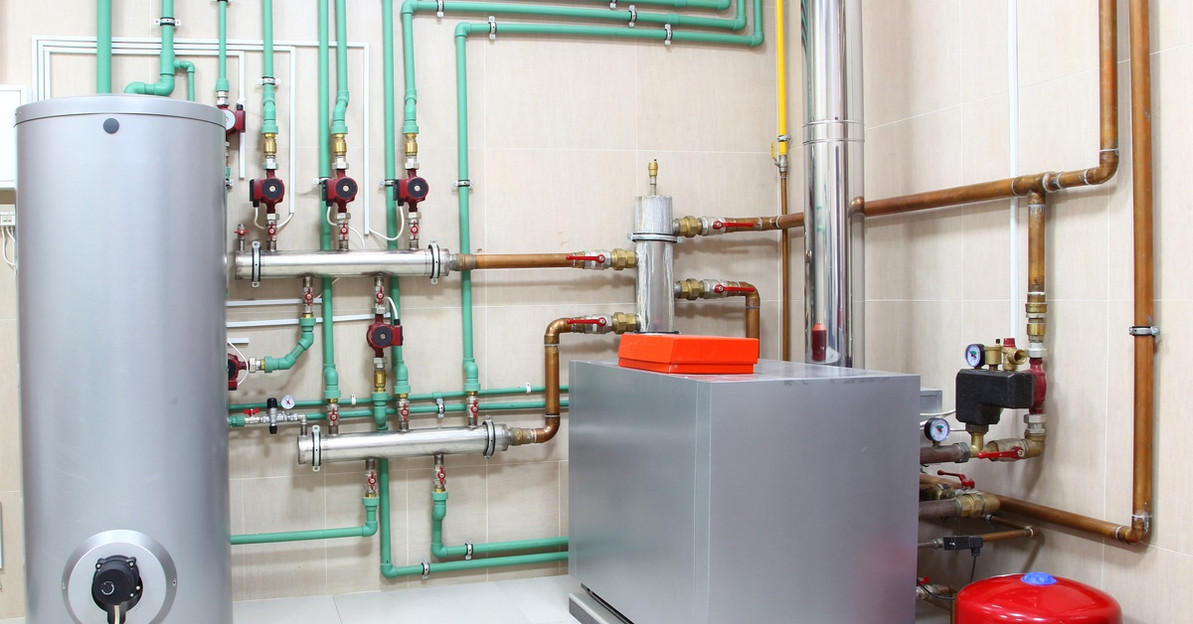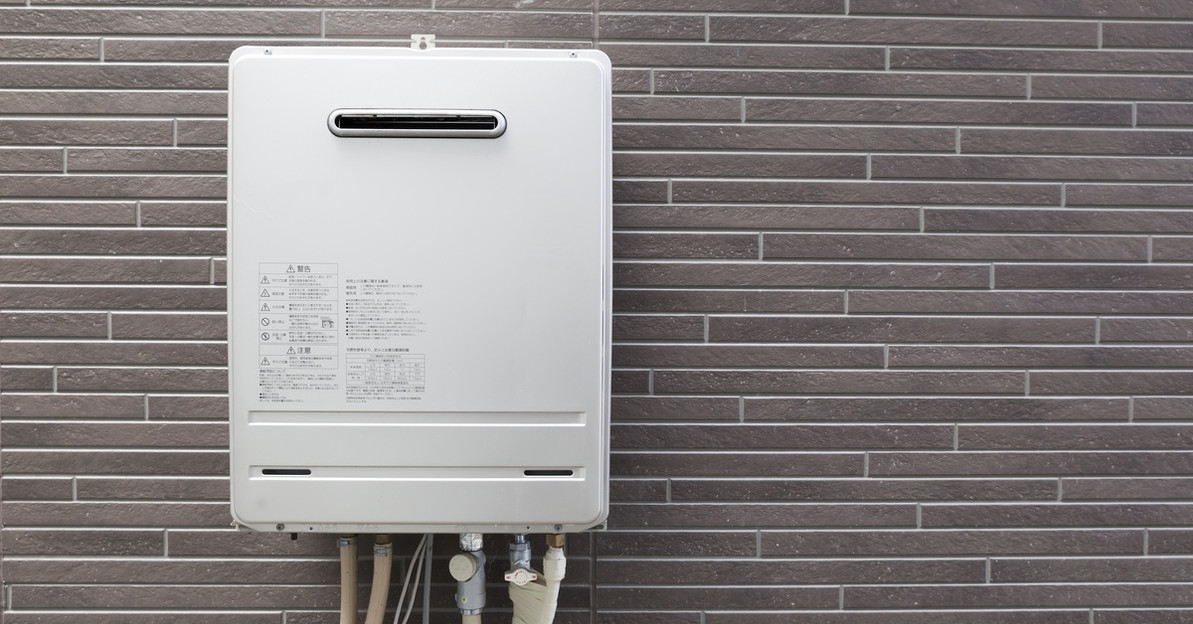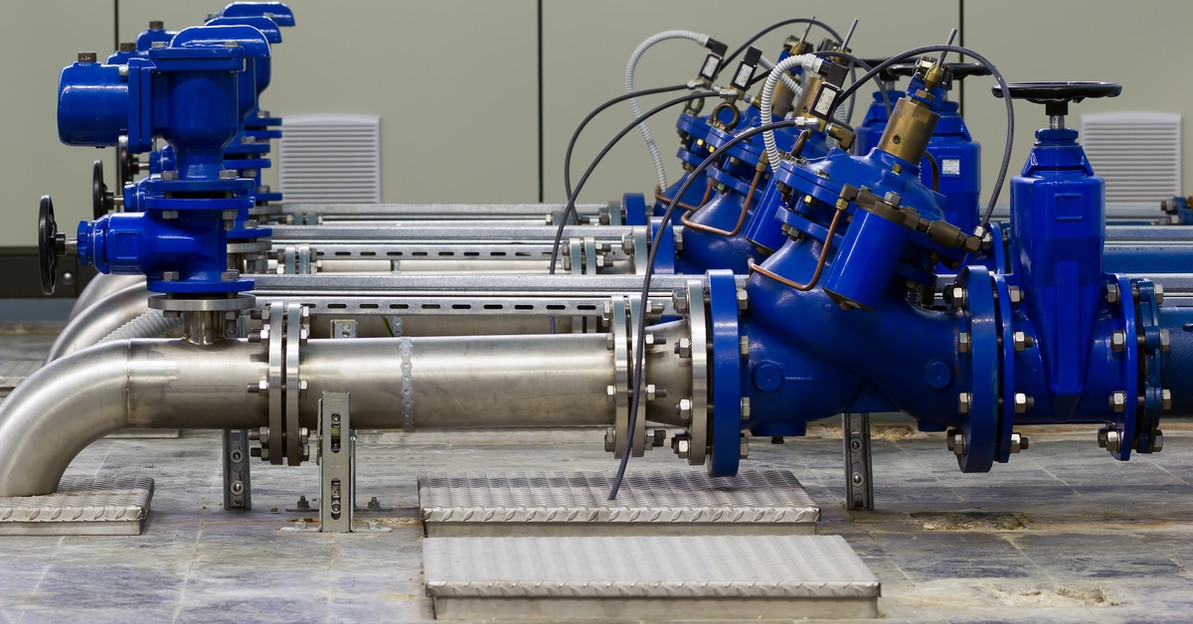Understanding How Tankless Water Heaters Work
If you’re thinking about installing a tankless water heater, whether in a client’s home or your own, it’s essential to understand how they work. Tankless heating systems are popular with folks looking to cut down on their energy bill or households who simply don’t use a great deal of hot water. Tankless water heaters are also known as “on-demand” water heaters, as they only heat the water you need when you need it.
24hr Supply has compiled a handy guide to tankless water heaters. Learn more about how they work, their advantages and disadvantages, and what you’ll need to know as you shop for one.
How Tankless Water Heaters Work: The Basics
As its name implies, a tankless water heating system does not use a storage tank to hold heated water. Instead, the heating element only kicks on when there’s a demand for hot water! Let’s take a closer look at the steps involved in heating water without a tanked system.
Step One: Turn On the Hot Water Tap
The first step looks no different from any other water heating system to the person who will ultimately enjoy the hot water. Turn on the hot tap, or if there’s only a single tap, turn it in the “hot” direction (usually the left).
Step Two: Water Starts Flowing
With a classic water heater that uses the tank, this is the step where hot water would make its way to the faucet. However, with a tankless water heater, this water starts the journey cold.
Cold water flows past sensors that read its temperature and trigger the heating element.
Step Three: Sensors Calculate Ideal Temperature
When cold water flows past the sensors, the heating system’s internal computer calculates how hot the water needs to be. That computer communicates with the heating element, whether gas or electric, and ignites it.
Step Four: Water Heats Up
Once the heating system’s internal computer ignites the heating element, the cold or tepid water circulates around the heat exchanger. This water will flow around the exchanger until it reaches the desired temperature.
Step Five: Water Reaches the Faucet
Once the water reaches the temperature designated by the heater’s internal computer, it quickly makes its way through the pipes and to your faucet! Use as much hot water as you need, then shut off the faucet. When there is no longer a demand for hot water, the tankless heating system shuts off automatically and remains off until you need it again.
Common Applications for Tankless Water Heaters
There are plenty of ways to use tankless water heating systems and save energy. Individuals who live alone or with a single living partner often use tankless heaters, as they may not require as much hot water as large families or businesses.
Tankless water heaters allow for more customization in water heating; you don’t need to rely on a single tankless unit to heat water for an entire residence or commercial building. Many people utilize multiple residential tankless water heaters: one for the dishwasher, one for the hot tub, and so on. Even with multiple tankless units in use, the household can save energy by only using the hot water they need.
Homeowners aren’t the only people using tankless water heaters these days! Tankless heating systems have a variety of commercial applications, including:
- Laundromats
- Hair salons
- Hospitals and other healthcare facilities
- Restaurants
Individuals and businesses who use tankless water heaters can also pair them with traditional tanked water heaters. For example, if a residence or commercial building has a bathroom that’s far from the primary heating system, they may install a tankless heater to serve that area.
Advantages of Going Tankless
If a residence or commercial building uses fewer than 41 gallons of hot water per day, a tankless water heater can provide 24 to 34 percent more energy efficiency. Even for homes and businesses that use lots of hot water—upwards of 80 gallons per day—a tankless water heater can increase energy efficiency by 8 to 14 percent.
While the up-front cost of a tankless water heater is often greater than that of a classic storage tank system, the savings are greater in the long term. Tankless systems are easier to maintain and do not break down as often as tanked heaters.
Even when a tankless hot water heater does require repairs, the parts are cheaper and easier to procure. Tankless water heaters have an average lifespan of about 20 years, but with regular maintenance, they can easily last much longer. In contrast, storage tank water heaters last an average of 10 years before they require replacement.
Possible Disadvantages of Tankless Heaters
If you intend for a single tankless water heater to provide hot water to an entire residence or commercial building, you may run into some pressure problems. For example, if a homeowner wants to take a shower while the dishwasher is running, they may experience tepid water with low pressure. This issue is why many people opt for multiple tankless heaters in the home to provide on-demand hot water to several fixtures and appliances.
Think about the fuel type that your tankless water heater uses. Gas-fired tankless systems use a pilot light to heat water on demand, but that pilot light can waste energy on its own. The cost of keeping the pilot light operational may offset the energy savings you receive from going tankless.
Pro Tip:
If you’re in the market for a tankless gas water heater, look for one that features an intermittent ignition device (IID). This option only ignites when you need it. Meanwhile, standing pilot lights remain on and ready at all times.
If you’re preparing to install a tankless hot water heater in a client’s home or place of business, it behooves you to understand how they work. Tankless water heating systems are a great boon for many people with unique heating needs. When installed with an eye for practicality, one or more tankless water heaters can provide hot water on demand while increasing energy efficiency!

Recent Posts
-
A Guide to Implementing Indirect Water Heating With Boilers
Choosing the right water heating method for your home or business significantly impacts energy effic …Dec 9th 2025 -
How Tankless Water Heaters Can Benefit Commercial Kitchens
A commercial kitchen operates at a fast pace and maintains very high performance standards. Every pi …Dec 3rd 2025 -
Noise Reduction Strategies for Urban Booster Pump Installs
In densely populated urban areas, every sound matters. The constant hum of traffic, construction, an …Dec 2nd 2025





